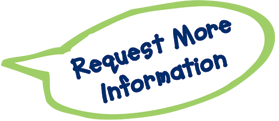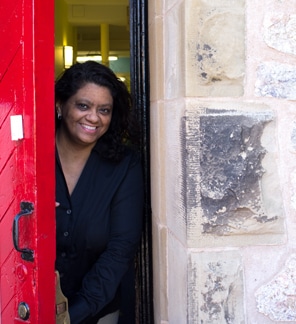It can be hard to know what to do when you see an “R” in a Spanish word. Two “R”s together sound different than one by itself! Then When R is used at the beginning of a word or after certain consonants, it is pronounced as “RR”. Before you can start worrying about when to use each, though, you must know what they both sound like and learn to make those sounds yourself.
One R makes a short sound similar to “D” or “T” in English. Two “R”s together (“RR”) makes a longer sound called a trill! Here are some tips to practice each sound alone and with your child!
Why should I learn to trill my “rr”s?
Because it can change the meaning of the word! For example, in Spanish, caro means expensive but carro means car. Ahora means now but ahorra means save!
What is it supposed to sound like?
Many native English speakers see a Spanish word like corre and pronounce the “R” as in “car” or “rich”. Not in español! Try saying these words out loud and pay attention to what your tongue is doing.
- Daddy
- Water
- Butter
- Better
You’ll notice that your tongue is flapping to the roof of your mouth just one time and it sounds more like a soft “D” or “T” sound. Excellent! You have just mastered the “R” sound in Spanish!
Now apply that sound to these words in Spanish
- Marido (Husband)
- Para (Stop)
- Nevera (Refrigerator)
Keep in mind that the single “R” sound is used whenever the single “R” appears in a word, except when it’s at the beginning of a word or after an “L”, “N” or “S”. Then the “RR” sound is used.
So you can make the “R” sound. You’re half way there! Here are some tips to try making that “RR” sound!
1.) Remember that the “RR” is a trilled sound formed by a flapping of the tongue against the front roof of the mouth, not the back.
2.) Keep saying those words in English, Daddy, Water, Butter, Better, but add more air each time you practice it and you should eventually get it.
3.) Visualize the front of your tongue as a flag flapping in a vigorous breeze. If your tongue touches your teeth, then you will block all air and get no sound.
- Try purring like a cat. If you’ve succeeded, you are approximating the RR sound
- Alternatively, relax and pretend you’re a child making the sound of a revving-up motor.
- Another way is to pretend it is extremely cold. Now make the sound of exhaling with your lips flapping together. Now do the same thing with your tongue against the roof of your mouth.
Try this Spanish Tongue Twister now that you can trill your RR’s!!!
R con R guitarra, R con R barril, Rápido corren los carros del férrocarril!
Keep practicing and pretty soon you’ll be a pro! Tell us below, do you have any tips or tricks to learning to trill your “RR”s? Are there other sounds that you have trouble making en español?




